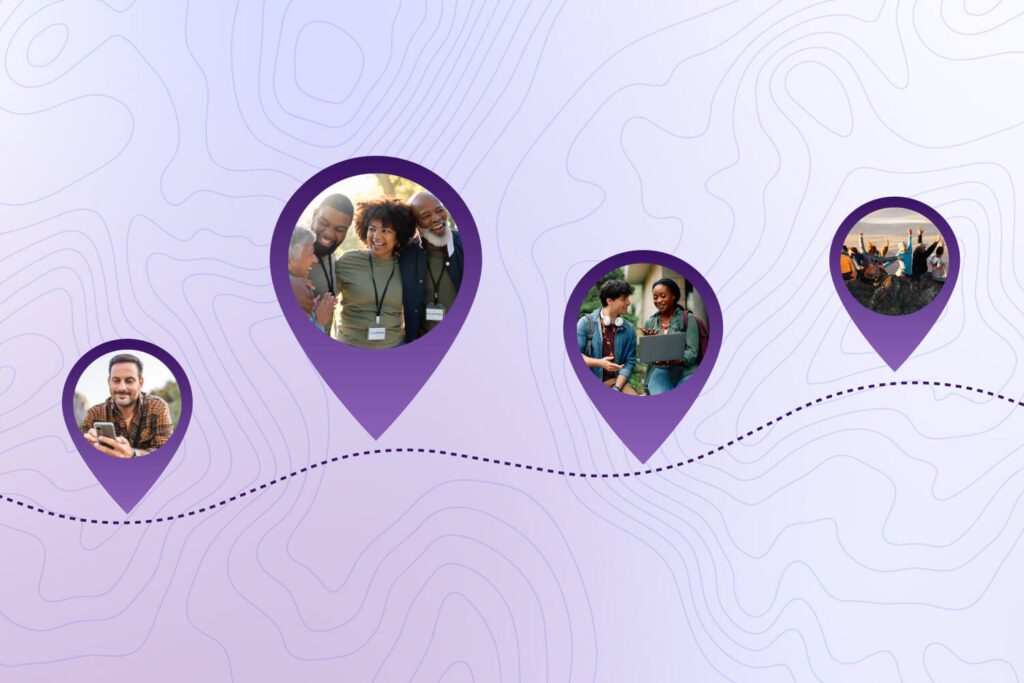For your nonprofit organization, your purpose is your top priority. The right constituent relationship management (CRM) software can help propel you to your peak impact by making your work more efficient, and there are many different options available.
If you’re experiencing pain points with your current fundraising CRM, it’s easy to envision how much smoother your operations would be with one that meets your needs. But before you make any purchases, it’s important to outline what you need from your CRM. If you’re like most nonprofit organizations, you have needs that go beyond product functionality, such as how a platform can support you strategically and whether it fits into your budget. Make sure to consider the ways technology can support your nonprofit’s work in a holistic way.
Here are four types of CRM requirements along with some helpful questions to ask yourself to find the best solution for your organization.
Looking for a step-by-step walk through selecting and adopting a new nonprofit technology platform? Download our complete nonprofit CRM buyer’s guide!
1. Strategic CRM requirements
Think about how some of your broad, organizational goals connect back to pain points you’ve been having. To understand these pain points in conjunction with your strategic needs, ask yourself the following questions.- What does your organization need from a CRM to help it grow and raise support for your work?
- Who are your target audiences? What do you want them to do?
- What are some specific ways a CRM could help you scale without needing to add more staff?
2. Functionality and integration CRM requirements
To outline your organization’s functionality and integration needs, start by answering these questions with your team:- What are some specific things a new CRM must do to be a good fit for your needs? For example, you may need to facilitate online donations or event promotion.
- Are there other tools and platforms of yours that might need to connect with your CRM to extend its capabilities?
3. Budgetary CRM requirements
Money is always a factor in the buying cycle. To gain a better understanding of your nonprofit’s budgetary needs, consider these questions:- How much can you invest in a new software solution?
- When is your current CRM contract up for renewal?
- Will you pay for your new system and the migration costs this fiscal year or next year?
4. Training and support CRM requirements
To make sure your CRM fits into your team’s training and support needs, walk through these questions before choosing a new system:- Would pre-recorded training sessions work best for your team, or do you need a synchronous, virtual classroom experience instead?
- Which internal resources, like your IT department or CRM administrator, can you tap? What do you need from other sources like your CRM company or independent consultants?
- How do you want to connect with the support team once you’ve moved to the new system?
Investing in the right CRM
Taking the time and effort to choose a new platform means that in the end, your investment helps you scale up your work and meet your nonprofit organization’s long-term goals to do the most good that you can. Want to learn even more about how to choose and use the right technology to propel your organization to its peak impact? Download our complete Nonprofit CRM buyer’s guide, produced with expert partners Maureen Wallbeoff and Raise HECK!
Ready to Get Started?




